The Blossom Gate is a landmark gate made of bamboo for Xiangyiang flower park in China, designed by Vienna-based firm Prechteck.
Prechteck’s ‘Blossom Gate’ aims to reinvent the gate as an architectural typology underlining the connecting characteristics of a former dividing element. Their design is not just about the link of the inside with the outside, but also about the connection of its visitors – the gate as an area of gathering, instead of a point of passing through. More images and architects’ description after the break.
Formalistic Inspirations lay in the Chinese tradition of caligraphy, the context and its topography and flower-blossoms as a theme for the garden. As a typology, the main function of a gate is a dividing one, separating the inside from the outside. On the other hand, a gate is also the only a connecting element, guiding people to a certain point , where the inside and the outside get unified.
The structure serves as a gate to the flowerpark of Xiangyang, a city famous for its nature, tradition and writers. Our design shows a tribute to those. Inspired by the shape of the a flower, two blossoms define the gate, honoring the beautiful landscape of the area. As the structure arches over, bundle of bamboo on the outside create a majestic volume of light in the ‘in-between – space’. This space not only serves the flower garden as an entrance gate and meeting point for visitors, but also can be used as a sheltered void which serves the community for concerts or lectures. From the outside, the ‘blossom-gate’ is a symbol for unity and harmony and for sure a desired background for wedding pictures in the flower garden.
As a brush fades out at the end of each stroke, the gate also is defined by this beauty of a non-perfect, non-continuous line connecting the building to its heritage and to the tradition of Chinese calligraphy, the city is famous for. The project is expected to be completed in 2013.

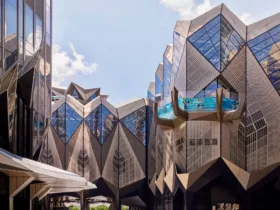

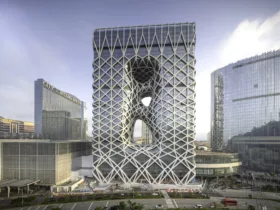

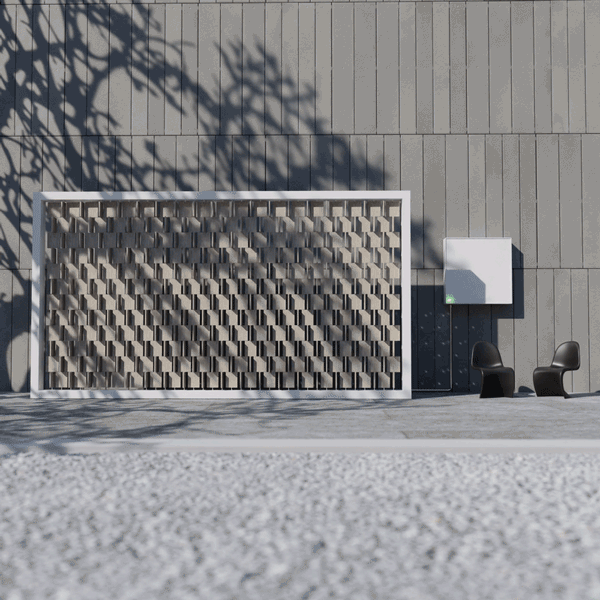



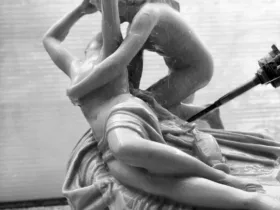



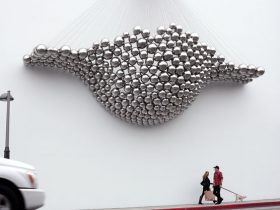


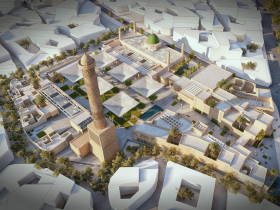
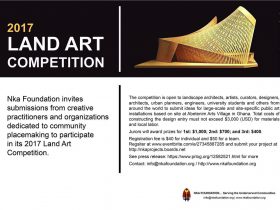



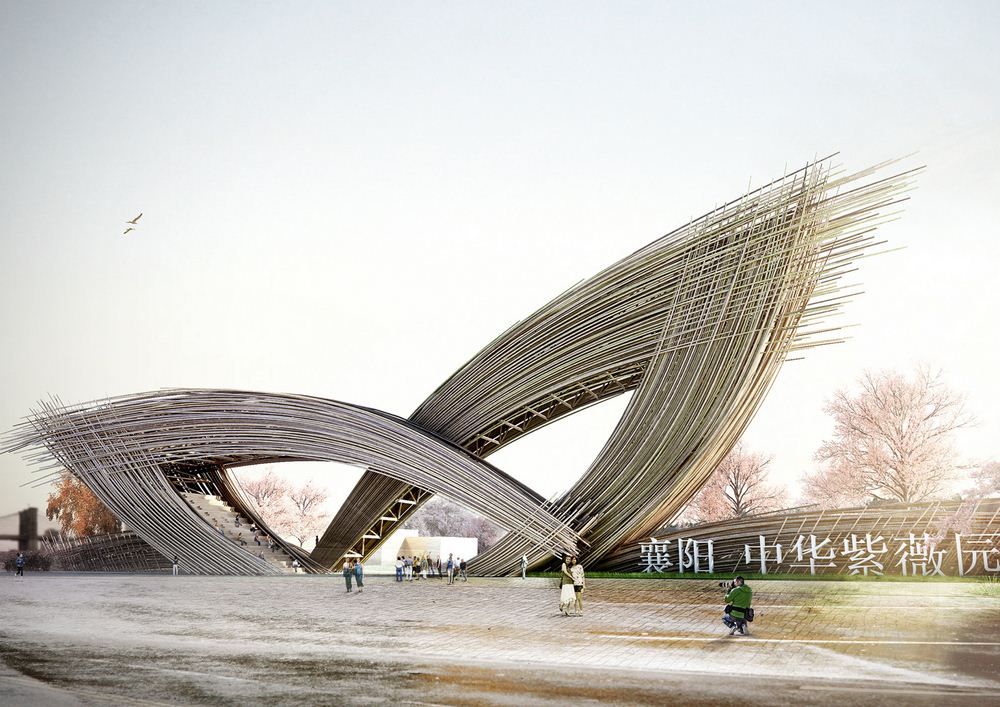





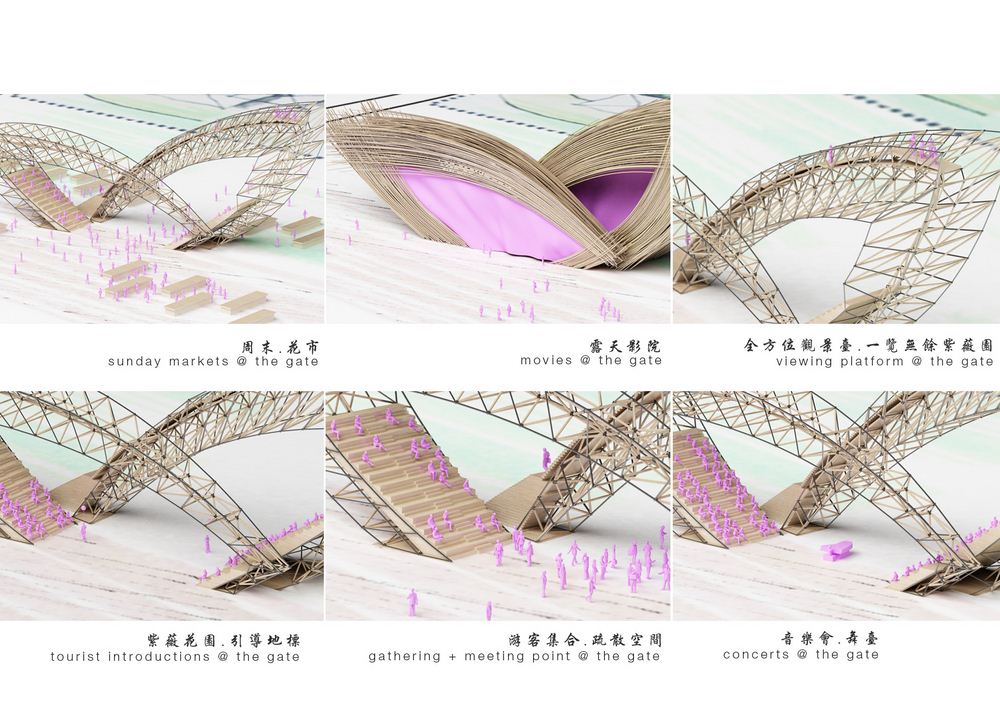
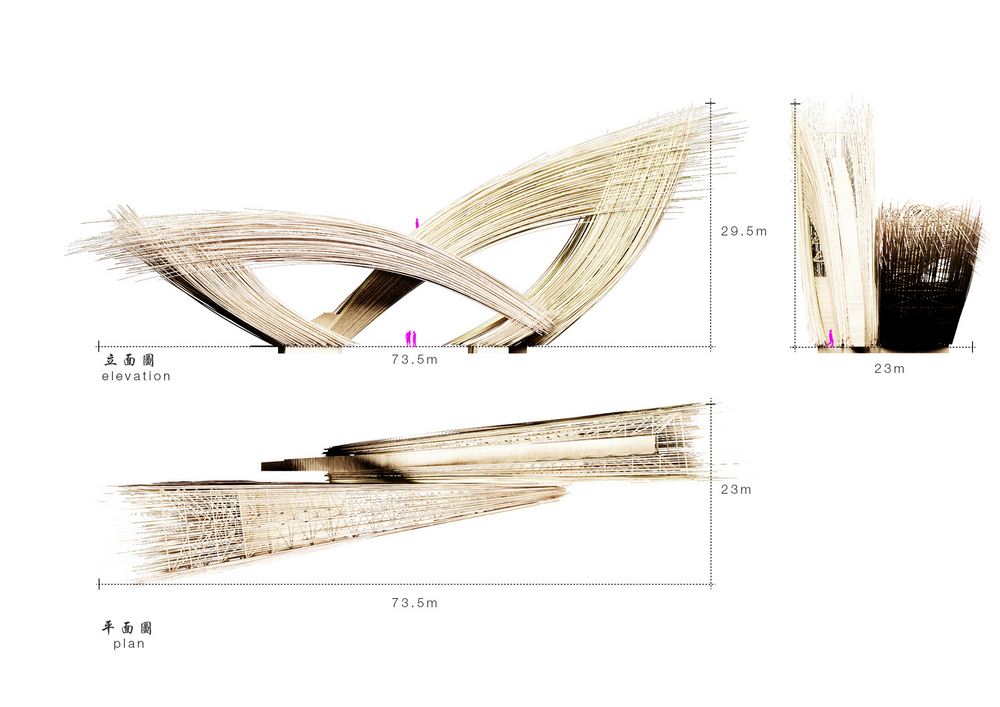
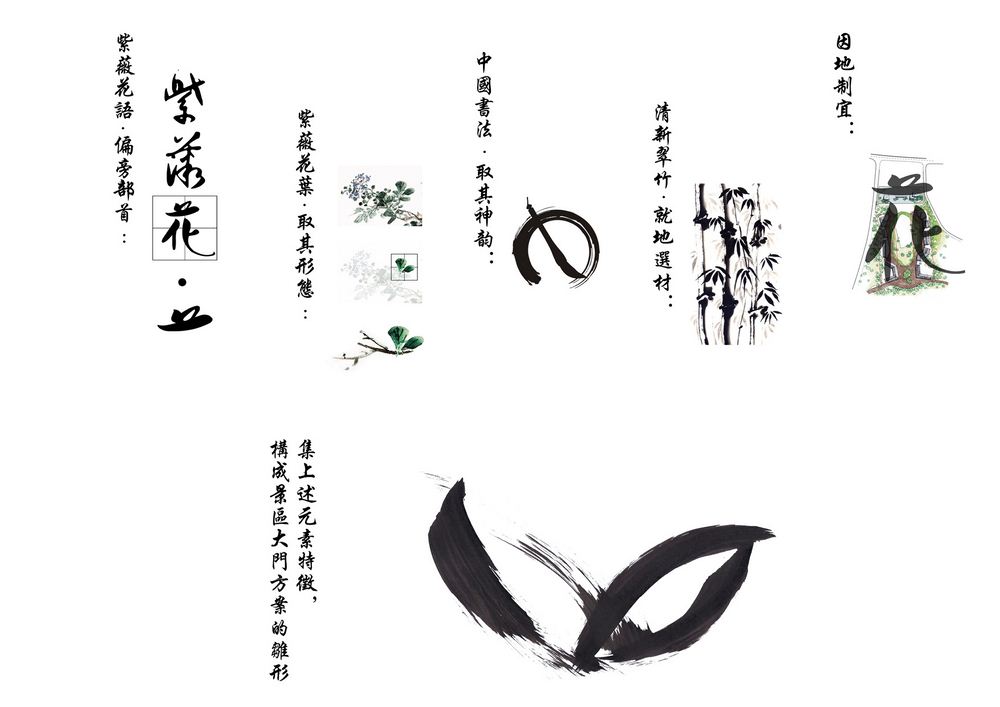
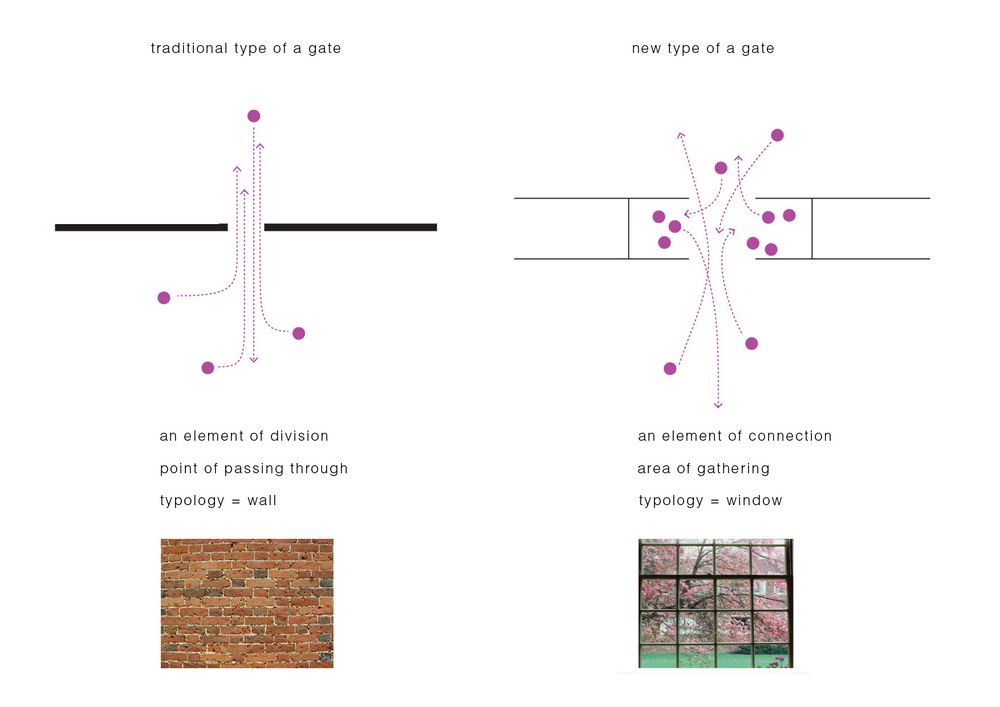

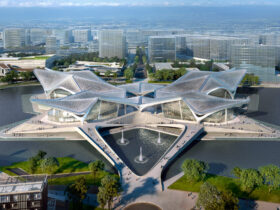
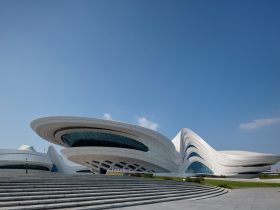

Leave a Reply